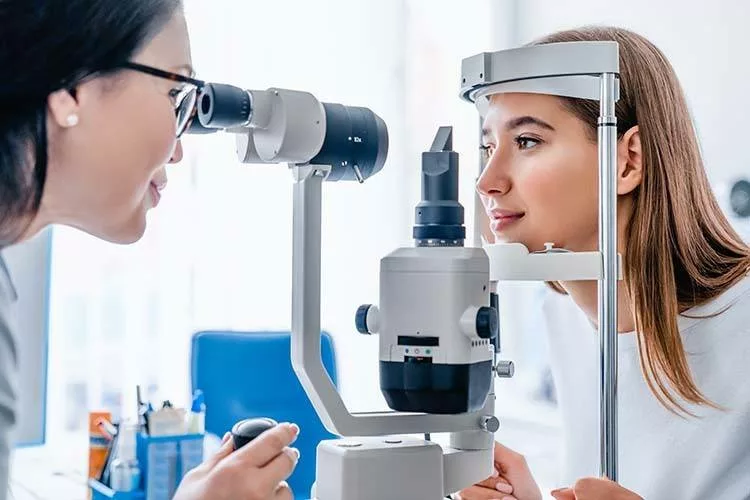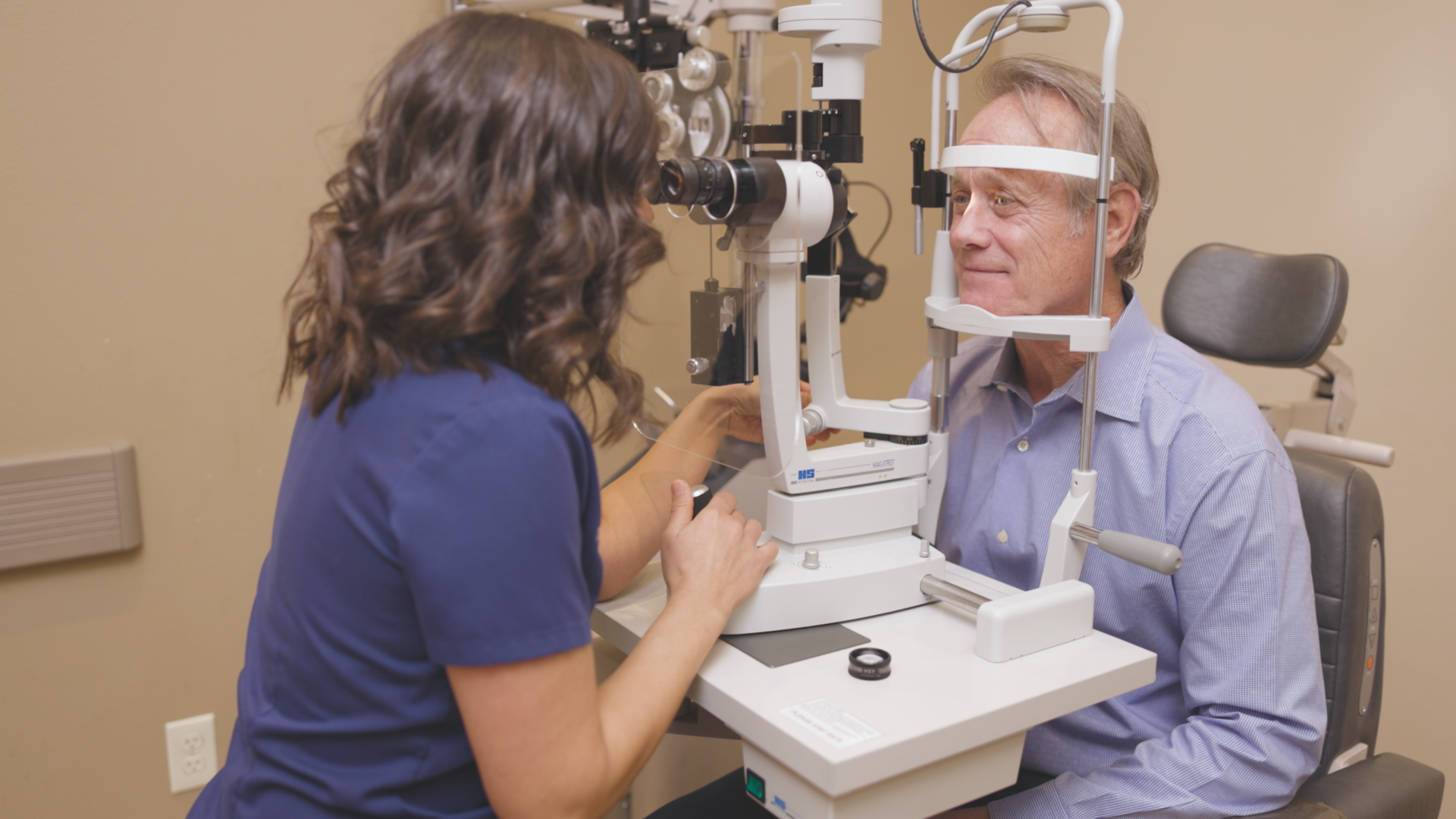Discover the Best Optometrist Chino for Comprehensive Eye Care
Discover the Best Optometrist Chino for Comprehensive Eye Care
Blog Article
Checking Out the Most Current Technical Innovations in Optometry and What They Mean for Optometrists
In the ever-evolving field of optometry, recent technological developments are improving how professionals come close to eye treatment. From the accuracy of Optical Comprehensibility Tomography to the nuanced insights used by AI-driven diagnostic tools, these developments are setting brand-new standards in person assessment and therapy. Teleoptometry is positioned to redefine ease of access, making certain that expertise transcends geographical constraints. As these innovations penetrate the method, optometrists are confronted with the difficulty of welcoming these tools to enhance patient outcomes. The concern continues to be: exactly how will these technological shifts redefine the duties and obligations within the career?
Advancements in Diagnostic Tools
Advancing the area of optometry, developments in analysis tools have actually revolutionized the way eye care specialists analyze and diagnose visual disabilities and ocular conditions. The past decade has actually observed considerable technical improvements, allowing more precise and comprehensive analyses. Optical Comprehensibility Tomography (OCT), for instance, provides high-resolution cross-sectional pictures of the retina, enabling the very early detection of illness such as glaucoma and age-related macular deterioration. This non-invasive imaging technique has actually come to be indispensable in contemporary optometric method.
One more secret technology is the intro of advanced corneal topography systems, which map the surface area curvature of the cornea with precision. These tools are particularly advantageous for suitable call lenses and diagnosing corneal disorders. In addition, electronic retinal imaging has changed conventional ophthalmoscopy, supplying comprehensive, panoramic sights of the retina that facilitate comprehensive aesthetic examinations.
The growth of wavefront aberrometry has actually likewise been crucial, making it possible for the evaluation of refractive mistakes with unrivaled precision (Opticore Optometry). This modern technology assists in customizing restorative lenses and enhancing surgical outcomes for refractive surgical treatments. Collectively, these analysis innovations encourage eye doctors to deliver premium client treatment, ensuring early treatment and tailored therapy methods, eventually enhancing aesthetic wellness end results
AI in Patient Management
Structure on the foundation of innovative diagnostic tools, the consolidation of fabricated intelligence (AI) in client management stands for a transformative jump for optometry. AI systems are progressively utilized to enhance effectiveness, precision, and personalization in client treatment.
Furthermore, AI-driven platforms help with streamlined individual interactions and administrative procedures. Automated scheduling, virtual appointments, and individualized follow-up plans not only boost client satisfaction but also optimize time management for experts. These systems can triage clients based upon the seriousness of their conditions, making certain that those in critical demand receive punctual focus.
Furthermore, AI boosts decision-making by offering optometrists with evidence-based referrals and therapy pathways. By integrating information from electronic health and wellness documents, AI devices use insights that educate clinical choices, minimizing the threat of mistakes and enhancing client end results. As AI remains to progress, its role in client administration will likely expand, reshaping the landscape of optometric treatment.
Advances in Retinal Imaging
In the realm of optometry, retinal imaging has experienced remarkable technical improvements that are improving analysis capabilities and patient treatment. Developments such as Optical Comprehensibility Tomography (OCT) and fundus digital photography have actually transformed exactly important link how optometrists visualize and assess the retina.
Improved imaging modalities like OCT angiography are further refining diagnostic precision. Opticore Optometry. Such developments help with the identification of minute retinal modifications that could symbolize disease development.
Additionally, advancements in expert system are boosting retinal imaging by allowing automated analysis of huge datasets. These systems help optometrists in identifying patterns a sign of pathology, thus improving analysis precision and efficiency. Collectively, these innovations are transforming retinal imaging right into a keystone of modern-day eye care, improving end results and broadening therapeutic opportunities.
Teleoptometry's Expanding Duty
Teleoptometry is increasingly becoming an important part of eye care, driven by advancements in data and diagnostic tools. As optometry accepts digital change, teleoptometry assists in remote assessments, enabling eye doctors to expand their services beyond traditional boundaries. This is particularly valuable in underserved and country areas where access to specialized eye care is typically restricted. By leveraging high-resolution video clip conferencing and advanced retinal imaging, optometrists can carry out comprehensive eye tests from afar, making certain prompt diagnosis and therapy.
The integration of expert system (AI) additional enhances teleoptometry, enabling the analysis of visual data and aiding in the discovery of eye conditions such as glaucoma and diabetic retinopathy. AI-powered algorithms can quickly interpret complicated imaging information, providing optometrists with valuable insights that strengthen professional decision-making.
Additionally, teleoptometry sustains continuity of treatment with seamless integration with electronic wellness documents (EHRs), allowing eye doctors to keep extensive patient backgrounds. When consulting with different practitioners., this makes certain that people receive individualized and constant treatment even.
In spite of these benefits, obstacles remain, including ensuring data safety and security and managing person expectations. Teleoptometry represents a considerable stride in the direction of more accessible, reliable, and patient-centered eye treatment. As technology progresses, its role is positioned to increase better.

Future Trends in Eye Treatment
A myriad of cutting-edge fads is established to reshape the future of eye treatment, driven by technological improvements and the advancing needs of people. One significant fad is like this the assimilation of expert system (AI) in diagnostics, which promises to enhance the accuracy and performance of eye assessments. AI formulas can examine huge quantities of data from retinal photos, potentially detecting conditions like diabetic retinopathy and glaucoma earlier than typical techniques.
Additionally, individualized medicine is gaining traction in optometry, with genetic screening educating tailored treatment strategies. This method aims to enhance person results by tailoring interventions to private genetic profiles. Wearable modern technology, such as wise call lenses, is additionally coming up, using real-time surveillance of intraocular stress or glucose levels, hence offering continual insights right into systemic and ocular wellness.
The adoption of augmented fact (AR) and virtual fact (VR) in training and person education is another arising trend. These modern technologies offer immersive experiences that can enhance understanding and abilities both for optometrists and patients. As these fads evolve, optometrists need to remain abreast of technological developments to give advanced treatment, making certain better individual outcomes and contentment in the dynamic landscape of eye care.
Conclusion

Collectively, these diagnostic advancements encourage optometrists to provide remarkable person care, making sure early treatment and tailored treatment approaches, inevitably improving visual health outcomes.

As these innovations proceed to progress, optometrists need to adjust and include them into practice, inevitably maximizing process efficiency and boosting the standard of eye care supplied to clients.
Report this page